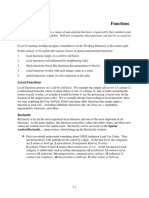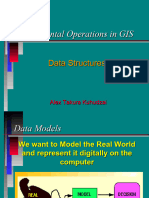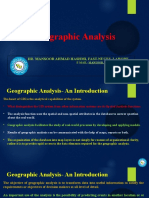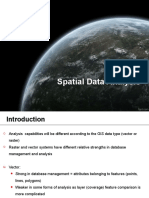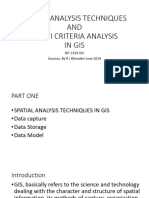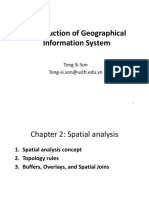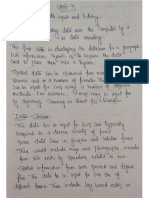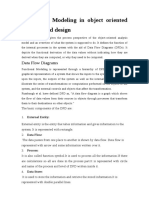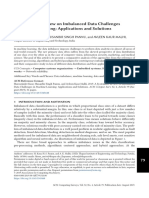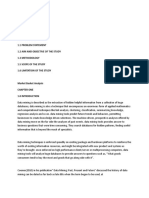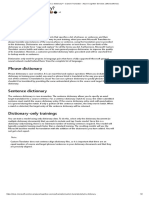0% found this document useful (0 votes)
30 views55 pagesLecture 7.1 Spatial Analysis Raster Data
The document discusses raster spatial data analysis, focusing on ESRI's raster grid format and its applications in geographic data modeling. It covers various raster function classes, including distance analysis, density functions, and neighborhood statistics, along with examples of map queries and calculations. Additionally, it highlights the use of filters and overlay queries to enhance raster data quality and perform efficient spatial analysis.
Uploaded by
Lihle NgindiCopyright
© © All Rights Reserved
We take content rights seriously. If you suspect this is your content, claim it here.
Available Formats
Download as PPT, PDF, TXT or read online on Scribd
0% found this document useful (0 votes)
30 views55 pagesLecture 7.1 Spatial Analysis Raster Data
The document discusses raster spatial data analysis, focusing on ESRI's raster grid format and its applications in geographic data modeling. It covers various raster function classes, including distance analysis, density functions, and neighborhood statistics, along with examples of map queries and calculations. Additionally, it highlights the use of filters and overlay queries to enhance raster data quality and perform efficient spatial analysis.
Uploaded by
Lihle NgindiCopyright
© © All Rights Reserved
We take content rights seriously. If you suspect this is your content, claim it here.
Available Formats
Download as PPT, PDF, TXT or read online on Scribd
/ 55

